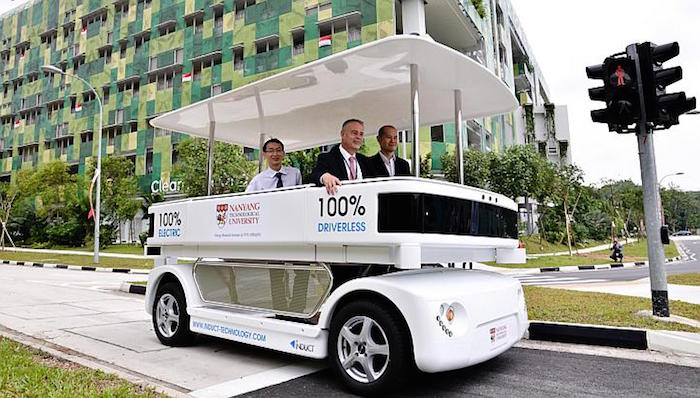The best telematics systems keep track of dozens of aspects and components of your fleet and equipment, allowing you to improve your worksite’s efficiency.
Telematics technology is becoming a staple among businesses that use fleets of vehicles and heavy machinery. Telematics is more than just GPS tracking – it’s tech that offers you a gold mine of data you can use to improve your bottom line and run your business and worksite more efficiently. The best telematic systems keep track of dozens of aspects and components, allowing you to build an improvement plan for your worksite.
The combination of GPS, monitoring systems and a data gathering interface make up modern telematics systems, allowing you to keep track of individual vehicles, in most cases, live as they’re out in the field. Not only is it smart to know where your vehicles are at all times, but you’ll keep a complete history of the fleet’s journey. Diagnostics allow you to monitor machinery’s status, whether it’s onsite or out in the field.
Fleet telematics
Telematics have the potential to save your fleet time and fuel while improving safety and communication between management, drivers and operators. What telematics can do for you will depend on the type of data you’re after. Here are several factors you can track with telematics and how you could use them to improve your fleet.
Routes
You can track your fleet’s regular routes and use the geodata to plot out better routes for faster delivery and less fuel consumption. Pairing your telematics with real-time traffic reports will allow you to reroute vehicles to avoid slowdowns. In case your vehicle is stolen, it’s an invaluable tool to give to police to help them track it down.
Vehicle status
Many telematic systems can record when the vehicle is on, off, moving and idling. You can track a driver’s efficiency and make sure they are making reasonable time and not taking unnecessary stops. Monitor the vehicle speed and know when drivers are speeding or participating in other reckless driving. This data will help you compile driver reports and identify where drivers need improvement.
Vehicle condition
Knowing how much fuel your vehicle has, as well as how much it’s using for trips, optimizes your fleet planning and lets you know how efficiently each vehicle is running. Tying monitors to certain systems, like fuel and tire pressure, will let you know when a vehicle is not running as efficiently as the rest of the fleet and when it’s time for a tune-up. You can prevent serious breakdowns by identifying problems as they materialize, increasing safety and saving on maintenance costs, according to telematics provider Traxxis GPS.
Customer relations
Telematics aren’t only for the benefit of drivers and those in the office. You can share the data with customers who are expecting important orders of supplies or materials. Information on their order’s location is valuable to them so they can plan accordingly.
Dispatching
For businesses that deploy vehicles for fieldwork, telematics help you with dispatch services. Knowing a fieldworker’s location and job status lets you easily reroute them to new jobs nearby without them having to return to the garage.
Heavy machinery telematics
Telematics offers several benefits to construction businesses that regularly operate heavy machinery at worksites or on field assignments. Equipment with these capabilities has several benefits that lead to more efficiency and safety, which both result in savings. Major equipment dealers offer versions of their vehicles and machines with telematics installed. Remote diagnostics allow you to monitor your inventory of machinery and deliver you several useful data points.
Maintenance tracking
Routine inspections of equipment are commonplace on construction sites; however, constant diagnostic reports are an even better way of tracking a machine’s health and knowing when it’s time for maintenance or to retire the machine. Remote diagnostics may even catch serious problems that the operators and inspectors don’t notice. These systems can detect if a machine’s engine is working harder or struggling more to accomplish a job compared to its past performance.
Usage tracking
You’ll be able to see how much usage your company’s machines get daily as well as how they’re being used. Knowing how often a certain machine is used can help you plan how many machines should be deployed to the next worksite. You can also see when a machine has been idling for too long or if an operator is misusing a piece of equipment, such as overloading it. You’ll know when you’re using too much fuel and if there are practices on the worksite you need to correct, according to iSqFt.
Insurance
Many insurance providers take notice if you use telematics to track your machines’ and fleet’s safety and maintenance, giving you better rates and other benefits. If you want lower deductibles, provide proof to your insurance company that your machinery is under GPS tracking, which can help prevent theft and misuse.
Summary
Using data to allocate resources and to optimize fuel consumption and labor is key to making sure your worksite is working as efficiently as possible. Reduce waste and plan out your next construction projects with data from your last jobs.
Read more at https://www.business.com/articles/telematics-improve-worksite-productivity/











